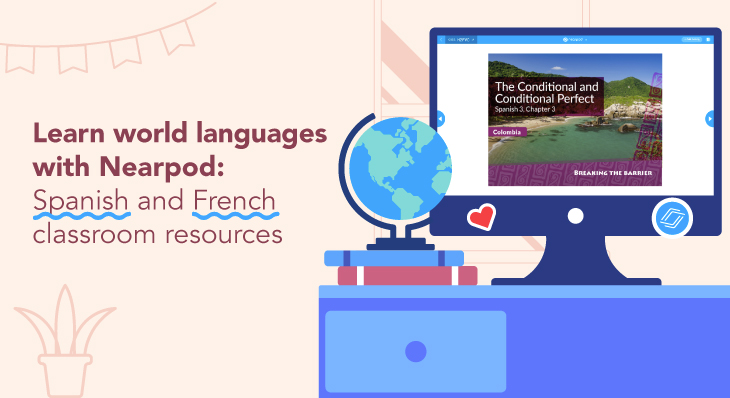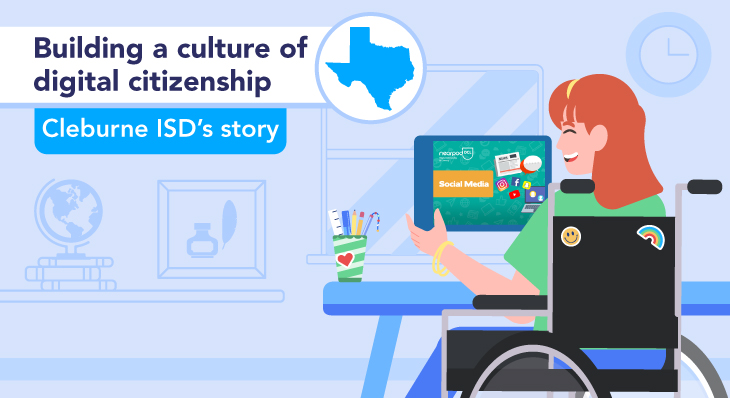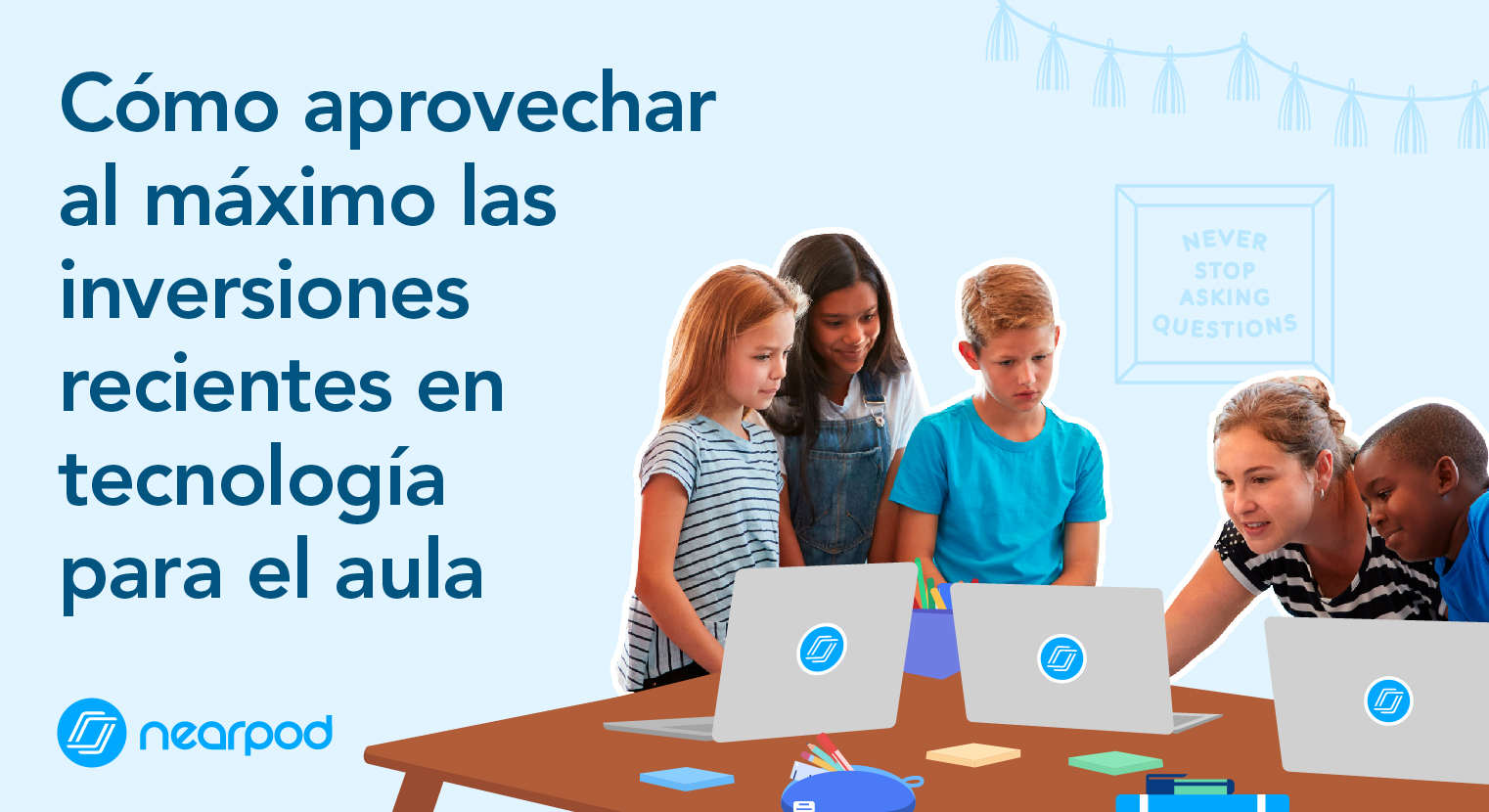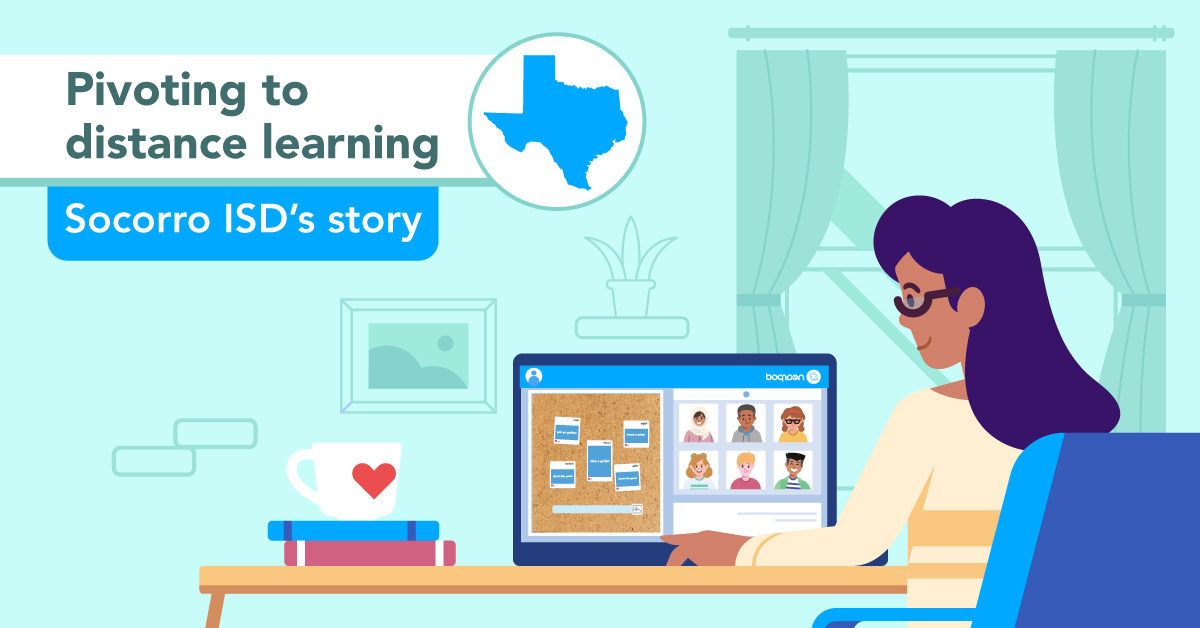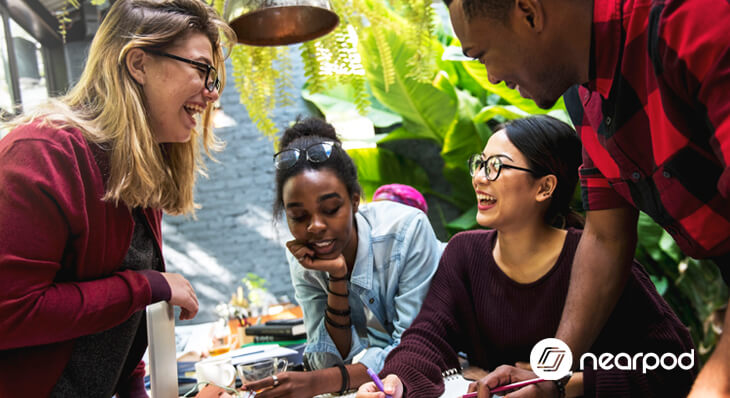Nearpod has proved to be an invaluable tool since Higher Colleges of Technology transitioned to fully online classes in March 2020. Read more to find how Nearpod made a difference.

Nearpod’s award-winning platform is used by thousands of schools around the globe, transforming classroom engagement.



